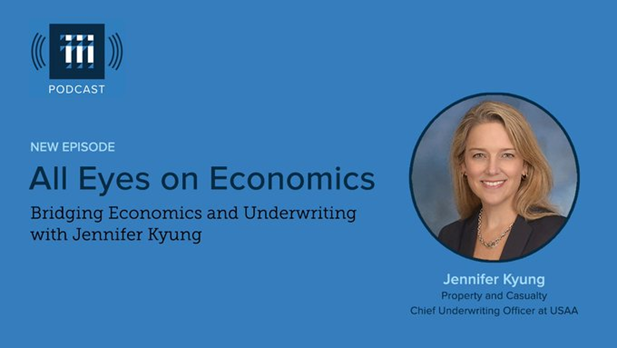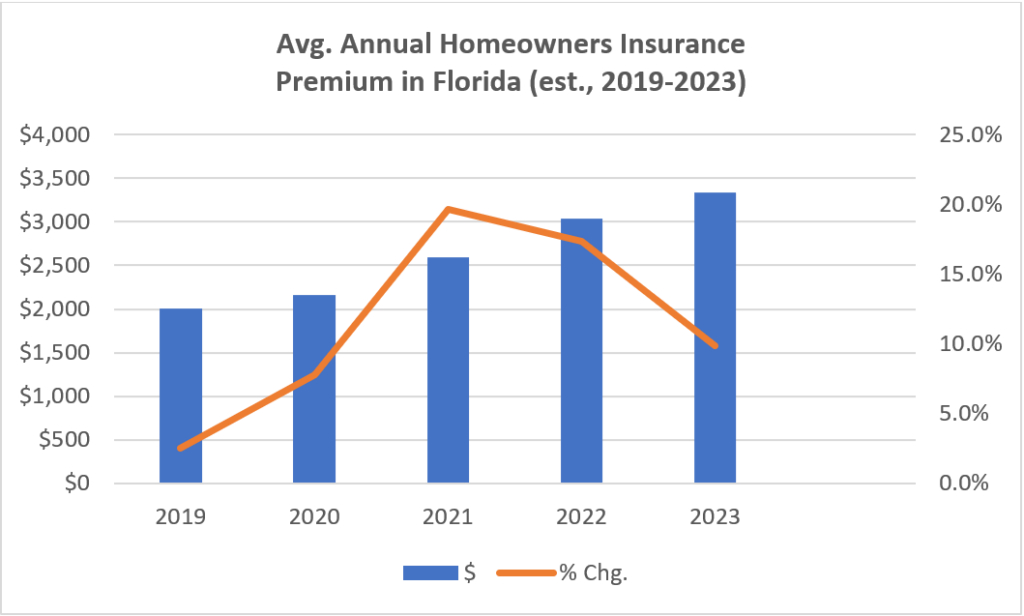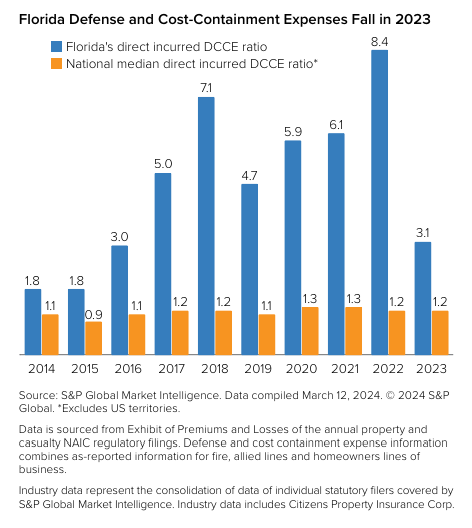Every $1 invested in disaster resilience and preparedness saves $13 in economic impact, property damage and cleanup costs, emphasizing the value of proactive measures in mitigating the financial toll of natural disasters on U.S. communities and businesses, according to a new report from Allstate, the U.S. Chamber of Commerce, and the U.S. Chamber of Commerce Foundation.
The research, based on an analysis of 25 disaster scenarios, shows the return on investment (ROI) in resiliency programs includes economic benefits like saving jobs, preserving workforces, and reducing losses to production and income.
The U.S. has faced a growing toll from costly disasters in recent decades. From 1980 to the present, the nation experienced 383 climate-related events that each caused more than $1 billion in damage (adjusted for inflation to 2023 dollars). Cumulatively, these events have resulted in a total cost exceeding $2.7 trillion. To put this figure into perspective, the U.S. gross domestic product (GDP) was $22.4 trillion in 2023, the report noted.
The scale and location of disasters significantly impact the overall costs incurred. Larger disasters that strike urban centers tend to have far greater financial consequences compared to smaller events or those affecting rural areas, the research shows. However, regardless of the size or setting, the mounting costs of disasters present policymakers and citizens with difficult decisions about how to allocate limited resources, according to the report.
Economic Benefits of Investing in Resilience and Preparedness
A widely accepted ratio of the ROI of resilience, based on National Institute of Building Sciences research, is that $1 invested in resilience and disaster preparedness reduces damage and cleanup costs by $6. But the economic benefits extend far beyond that: The same $1 investment also reduces a community’s economic costs by an additional $7, the research found.
The potential savings are substantial across a range of disaster scenarios.
For example, $10.8 billion of investments to prepare Miami for a Category 4 major hurricane would prevent the loss of about 184,000 jobs and save $26 billion in production and $17 billion in income. In San Diego, $833 million invested to mitigate against a major earthquake would save about 38,000 jobs, $5.8 billion in production, and $3.3 billion in income.
Even in smaller cities, the economic savings are substantial. Investing $83 million in resilience and preparedness for a destructive tornado hitting Nashville would save more than 5,300 jobs, $683 million in production, and $464 million in income. The same $83 million investment to prepare Santa Fe for a major wildfire would save 388 jobs and preserve $45 million in output and $20 million in income.
Resilience and Preparedness Investment Options
“Doing nothing to prepare your community, business, or home for natural hazards is—without understatement—a recipe for disaster,” the report’s authors stated.
The report captured various resilience and preparedness efforts, organized into the following categories:
- For Communities: Investing in Infrastructure
Community-based disaster risk reduction focuses on preventive action before a disaster strikes, including measures such as poverty alleviation, asset redistribution plans, and providing basic services like education and health care. Early warning systems are also crucial for alerting community members of impending disasters. Additionally, adopting zoning, land-use practices, and building codes through mitigation planning can help prevent or reduce damage from hazards.
- For Businesses: Mitigating Risk and Fostering Resilience
Businesses can invest in hazard mitigation measures, such as structural improvements, adjustments based on professional hazard audits, accessibility updates, and employee training for emergency response. Applying disaster risk reduction practices is also essential. Five essentials practices outlined by the United Nations Office of Disaster Risk Reduction are: promoting public-private partnerships, leveraging private sector expertise, fostering collaborative data exchange, supporting risk assessments, and strengthening laws and regulations.
- For Families: Awareness, Planning, and Home Improvements
Families play a crucial role in building resilience and preparedness. The first step is to understand the types of disasters that could occur in your area and learn how to stay safe. Creating a family disaster plan that includes meeting places in case family members are separated is also essential. Home improvements, such as elevating electrical appliances, using flood-resistant materials, and maintaining or upgrading roofs, can help protect your home and loved ones during a disaster.
To view the complete report, visit the Allstate website.









